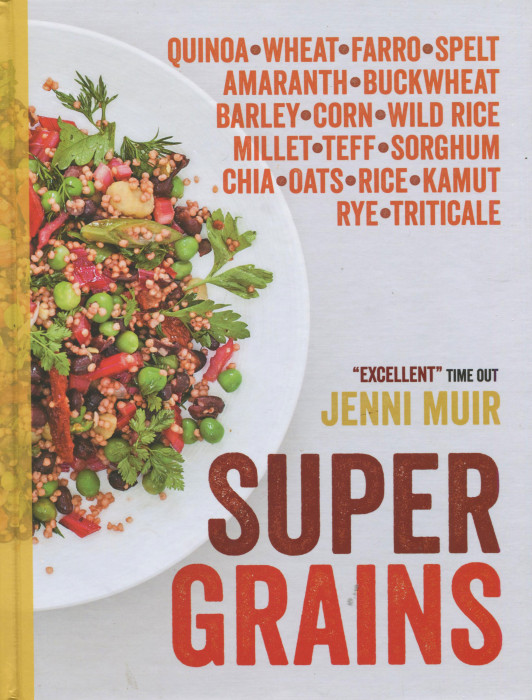Growing up, for most of us “grains” meant wheat and perhaps whole wheat and, if the day was exotic, rye. Those were the grains and flours of our kitchens for decades.
Today, at least our awareness is raised to a higher level. If you walk past a display of products from Bob’s Red Mill — which appear in seemingly every high end grocery store — you see packages with contents that really do seem exotic: kamut, triticale, teff, buckwheat, amaranth. Ok, maybe you were lucky enough to have buckwheat pancakes as a kid, but I suspect those other grains are new.
Ah, but they are not new at all. When our hunger-gatherer ancestors began to settle and to farm, many grains were discovered, advanced and used. Some of those early grains are surely lost to history, but a number remain. In other parts of the world, Asia and Africa, these grains are common and it is the wheat flour that is the rarity.
Thanks to internationalization and firms like Bob’s Red Mill, having access to an extended range of grains and flours is literally just a reach away in your supermarket.
If you are holding package of amaranth, what is it good for? What should you pair it with? To get answers to all your questions, you just need a copy of Super Grains by Jenni Muir. With this book, you start at the back. Her Grains Glossary gives you 1-page summary of 15 major grains: the characteristic flavors and texture, what foods to pair it with, the nutritional elements it provides, and a history of culinary use.
That package of amaranth, a grain discovered and cultivated by the Aztecs, goes best with corn, black beans, chiles, honey, apple, coconut and chocolate. Given the Aztec origins, that all makes perfect sense. Jenni provides a simple, disarming amaranth recipe, Alegria [“happiness” in Spanish]. You pop the grain like popcorn in very small batches, combine with honey and coconut, drop the mixture into small balls to dry, and then savor them one bite after another.
That’s surely the easiest recipe in Super Grains but not the last one you’ll want to try. Jenni presents over 120 recipes from around the world: Scotland, Spain, France, Morocco. Korea, the Caribbean, South America, and of course the United States. Everyone uses grains. The spectrum of that use, the creativity, is astonishing. You’ll find recipes here for:
Dutch Breakfast Honey Cake with Rye Flour
Mushroom Ragout with Barley
Farro with Apricots, Pomegranate and Pine Nuts
Quinoa and Chia Pancakes with Mango and Basil Compote
Roast Carrots with Dill Granola
Spicy Shrimp and Quinoa Cakes
Corn Ice Cream
From breakfast to late night candy snack, from side dish to entry, there are recipes here featuring the 15 grains from that back-of-the-book glossary. The book is not organized into chapters but instead is a running stream of recipes devoted to:
- Breakfast cereals and pancakes and waffles
- Breads
- Soups and salads
- Couscous and pasta
- Fritters and burgers
- Polenta and risottos
- Stews and stuffing
- Crumb coatings
- Side dishes
- Desserts, cakes, cookies, crackers, snacks and sweets
Somewhere in this deep stack of recipe idea, somewhere you’ll find a delight to try. Expanding the grains you use will extend the flavors and textures of your kitchen. You may actually find yourself to be an amaranth fan.
I have mentioned Bob’s Red Mill here because they do offer excellent products. It’s an employee-owned firm in a town, Milwaukie, just south of Portland, Oregon. I grew up in the town just south of Milwaukie. Bob wasn’t there then, but there was a road-side stand with the best whole wheat hamburger buns.
That hamburger joint is long gone. But there has been culinary progress. It’s all on display in Super Grains.

